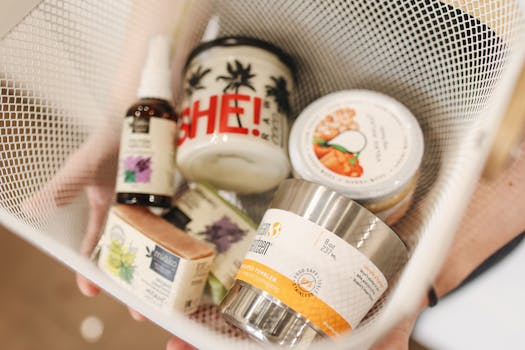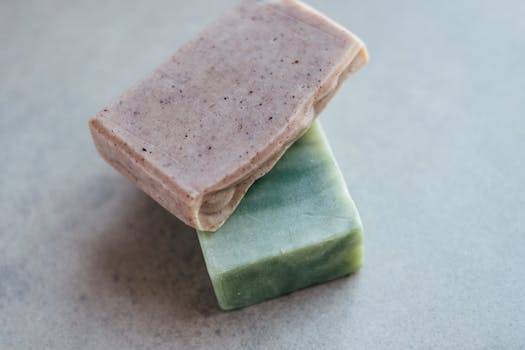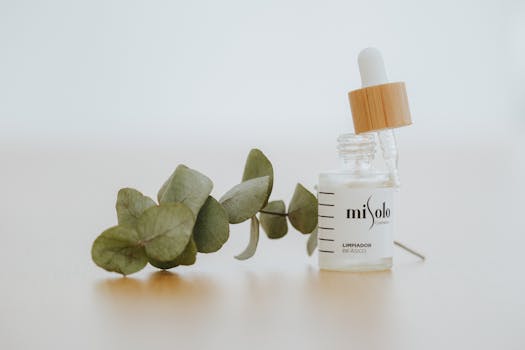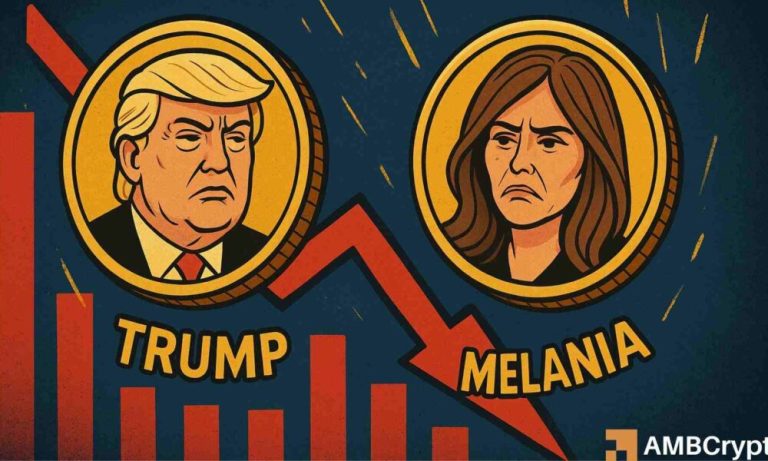
Sustainable Beauty Innovations: What to Expect in 2025
Takeaways:
- The beauty industry is rapidly evolving with sustainable practices that prioritize the planet.
- Innovations in biodegradable packaging and clean ingredients are set to redefine product offerings.
- The rise of technology in beauty is leading to personalized and eco-conscious solutions.
- Consumers are increasingly seeking brands that align with their values of sustainability and ethics.
The beauty industry is undergoing a significant transformation as consumers become more aware of environmental issues and demand sustainable practices. By 2025, we can expect to see incredible innovations that will change the way we approach beauty. In this article, we will explore the sustainable beauty trends anticipated for 2025, including advancements in packaging, ingredient sourcing, and the integration of technology.
The Shift Towards Eco-Friendly Packaging

Many companies are already experimenting with innovative packaging solutions. For example, some are using seaweed-based materials that decompose naturally, while others are adopting refillable systems that allow consumers to reuse containers. These solutions not only reduce waste but also encourage mindful consumption among beauty enthusiasts.
Additionally, brands are investing in sustainable supply chains to ensure their packaging is sourced ethically. This means partnering with suppliers who prioritize environmental responsibility and transparency. As consumers become more educated about the impact of their purchases, brands that embrace sustainable packaging will likely see increased loyalty and support.
Biodegradable Ingredients: The Future of Skincare

Brands are responding by developing products with naturally derived ingredients that break down easily in the environment. This includes plant-based oils, extracts, and other components that are gentle on the skin and the planet. Furthermore, the focus on clean beauty will lead to a reduction in synthetic chemicals and harmful additives.
In addition to biodegradable ingredients, we can expect an increase in products formulated with sustainable sourcing practices. This means that brands will prioritize ingredients that are harvested responsibly and do not contribute to deforestation or habitat destruction. As a result, consumers can feel good about the products they choose, knowing they are making a positive impact on the environment.
The Role of Technology in Sustainable Beauty

One exciting development is the use of artificial intelligence to analyze consumers’ skin types and recommend products that are both effective and sustainable. This personalized approach not only enhances the consumer experience but also minimizes waste by ensuring that individuals purchase products that suit their specific needs.
Moreover, technology is facilitating transparency in the beauty supply chain. Blockchain technology, for instance, allows consumers to trace the origin of ingredients and packaging, ensuring they are making informed choices. This level of transparency builds trust between brands and consumers, further driving the demand for sustainable practices.
Ethical Beauty: A New Standard for Brands

We expect to see more brands adopting certifications that demonstrate their commitment to ethical practices. This includes cruelty-free certifications, vegan labels, and fair trade sourcing. Brands that align with these values will likely attract a loyal customer base that shares their commitment to sustainability.
Furthermore, the rise of social media has empowered consumers to hold brands accountable. With platforms like Instagram and TikTok, beauty enthusiasts can easily share their experiences and advocate for ethical practices. As a result, brands must be proactive in their sustainability efforts to maintain a positive reputation.
The Rise of Minimalism in Beauty Regimens

This shift is driven by a desire for simplicity and effectiveness. Consumers are increasingly seeking multi-functional products that serve multiple purposes, reducing the need for numerous individual items. For example, a moisturizer that also acts as a primer and sunscreen can streamline beauty routines while minimizing packaging waste.
Moreover, minimalist beauty aligns with sustainable practices by encouraging consumers to invest in quality over quantity. This not only supports ethical brands but also promotes a more thoughtful approach to consumption. Brands that offer versatile, eco-friendly products will likely thrive in this evolving landscape.
Community and Collaboration in Sustainable Beauty

These collaborations can take many forms, from co-developing eco-friendly products to participating in initiatives that promote recycling and waste reduction. For example, some brands are teaming up with organizations to create recycling programs that encourage consumers to return their empty containers for proper disposal.
Furthermore, community engagement will play a crucial role in shaping sustainable beauty practices. Brands that actively involve their customers in sustainability initiatives, whether through social media campaigns or local events, will foster a sense of belonging and shared purpose. This engagement not only builds brand loyalty but also empowers consumers to make a positive impact.
Conclusion

By staying informed about upcoming trends and supporting brands committed to sustainable practices, consumers can be part of this exciting evolution in the beauty industry. Together, we can create a more sustainable future for beauty that respects both our skin and the environment.





